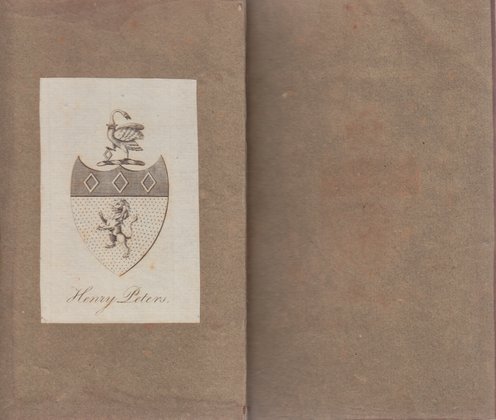Narrative
Popular Poets
24. Southey completed his final epic poem, entitled Roderick, The Last of the Goths, in 1814. Based on Southey’s interest in Spain and the legendary figure of Roderick, the poem originally began as a monodrama before being developed into his last epic, thanks in part to the encouragement of his friend and fellow poet Walter Savage Landor. Although the poem explicitly treated the Moorish invasion of Spain, the ongoing Napoleonic conquests informed Southey’s attitudes towards the subject and generated greater interest in the piece as a topical, social analogue. Reviews for Roderick were initially polarized, although many critics perceived it as Southey’s best work. Despite mixed critical responses, the poem was an immediate commercial success and enjoyed many re-editions throughout the nineteenth century, beginning with its second and third editions in 1815. This edition of Southey’s Roderick, The Last of the Goths (1814) was published in 1815, two years after his appointment to the position of poet laureate, for Longman, Hurst, Rees, Orme, and Brown, Paternoster-Row.






















